Material
Hetian Biyu, or Hetian green jade, is a type of nephrite jade primarily mined in the Hetian region of Xinjiang, China. It is renowned for its fine texture, smooth surface, and rich green hues, ranging from light spinach green to deep emerald. Unlike other jade varieties, Hetian Biyu contains trace elements such as chromium and iron, which contribute to its distinctive color. Its hardness ranges between 6.0 and 6.5 on the Mohs scale, making it durable yet suitable for carving.
Properties
Hetian Biyu beads are prized for their waxy luster and semi-translucent appearance. Due to nephrite’s fibrous structure, the stone is tough and resistant to breakage. It feels cool to the touch and becomes warmer with prolonged skin contact, a feature believed to enhance its metaphysical benefits. The beads are often polished to a high sheen, highlighting their natural patterns and subtle color variations.
Symbolism and Cultural Significance
In Chinese culture, jade symbolizes purity, moral integrity, and harmony. Hetian Biyu, in particular, is associated with growth, vitality, and prosperity due to its green color, which represents nature and renewal. It is also considered a protective stone, believed to ward off negative energy and promote emotional balance. Historically, jade beads were worn by nobility and scholars as a mark of wisdom and virtue. Today, they remain popular in jewelry and Feng Shui, often used to attract good fortune and health.
Uses and Appreciation
Hetian Biyu beads are crafted into bracelets, necklaces, and prayer malas. Collectors value them for their rarity and natural beauty, with high-quality pieces commanding premium prices. Whether worn for aesthetics or spiritual purposes, these beads embody the timeless elegance of Chinese jade culture.









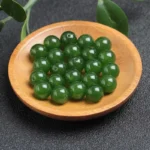
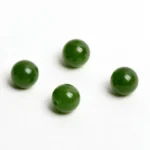
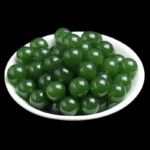
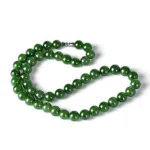
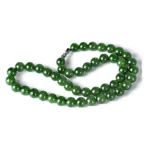
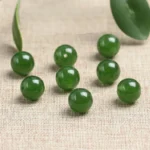







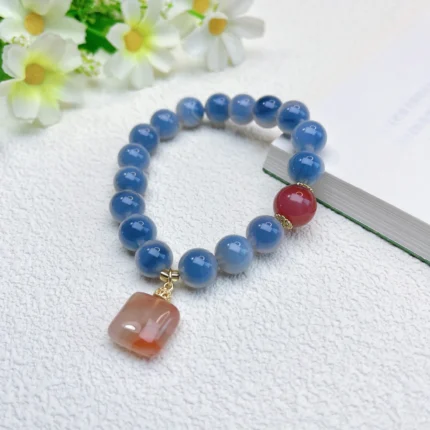
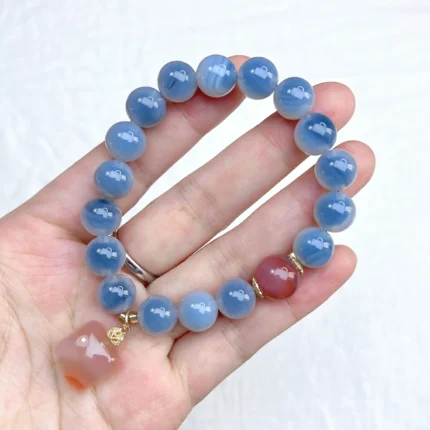
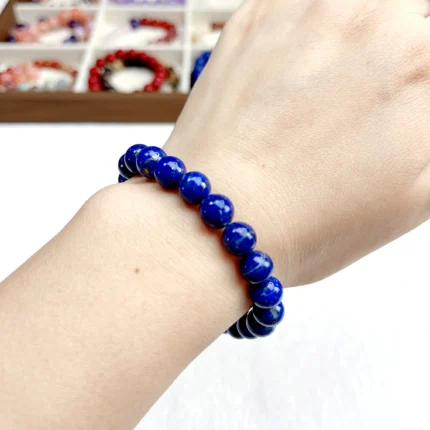
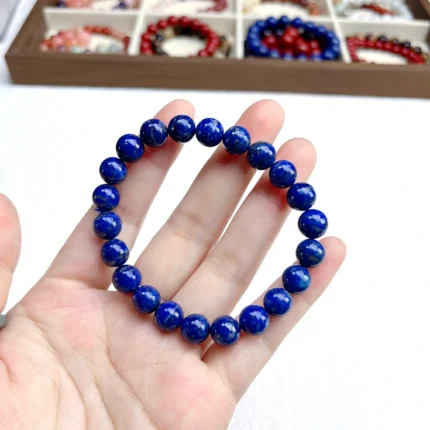


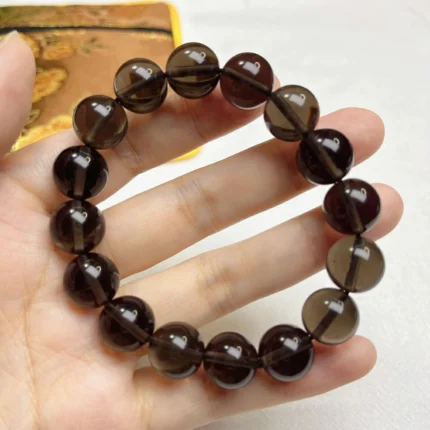
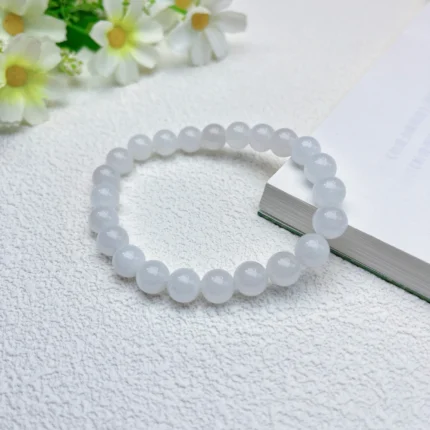

Reviews
There are no reviews yet.